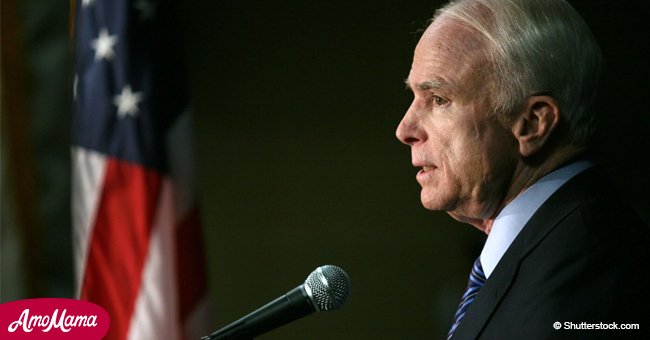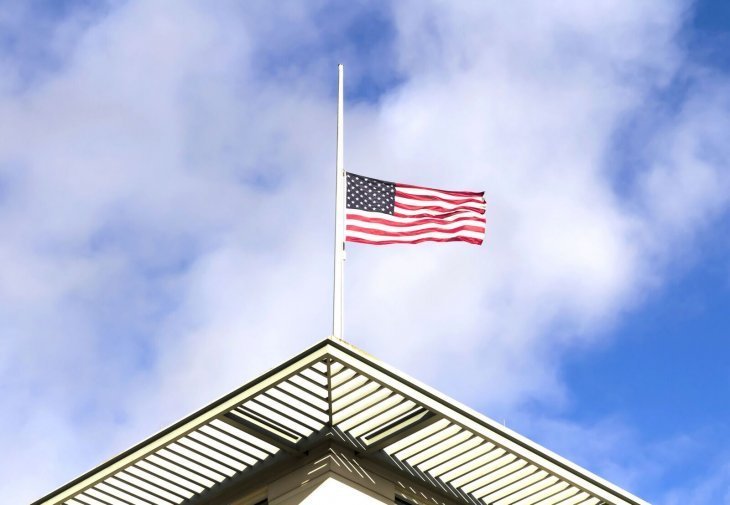
John McCain’s death brought out the question: should the US flag actually fly at half-mast?
The reaction of the president to the senator's death sparked outrage as many felt returning the flag to full-mast just two days after his passing was disrespectful.
Senator John McCain passed away on August 25 after a lengthy battle against brain cancer. In the wake of his death, the country went into mourning, and all the flags in the country were lowered to half-mast when the news broke.
But on Monday, two days later, President Donald Trump raised the White House's flag to full-staff again. Many citizens were furious over the decision, citing Trump's well-known dislike for the senator as his reasoning for being disrespectful while all other flags remained lowered.
On Tuesday, bowing to the pressure, he signed an order that all flags should remain at half-staff until the day of the funeral, and lowered the one on the White House again.

Source: Shutterstock
But according to the United States code, the legal requirement regarding the flag in honoring the death of a senator is only that it needs to be at half-staff on the day of the death and the day following. By this logic, Trump followed the law when he re-raised the flag.
The death of a president warrants the flag being lowered for 30 days, and a vice-president gets 10 days.
While these are the basic rules, a president is at liberty to afford someone a longer display of respect in the case of prominent figures.
As per Cornell Law School, it is at the discretion of the president to also lower the flag for the deaths of other non-official persons in the country for a reasonable period of time.
With the level of respect for McCain, who served not only as a senator, but as a soldier in the Vietnam War, where he was a prisoner of war for five years, most institutions decided to keep the flag lowered to half-mast on Monday.
The Atlantic referred to Trump's decision to raise the flag fully as "combining most of the worst aspects of Donald Trump’s presidency: pettiness as a major motivating force for administration policy, a preference for sowing division over unity, disdain for tradition and norms, chaotic decision making, and an ultimate tendency to surrender."
The president has in the past denied requests to lower the White House's flag, most notably after a gunman killed five journalists working at a newspaper in his city. The backlash from that decision resulted in him lowering the flag the following day.